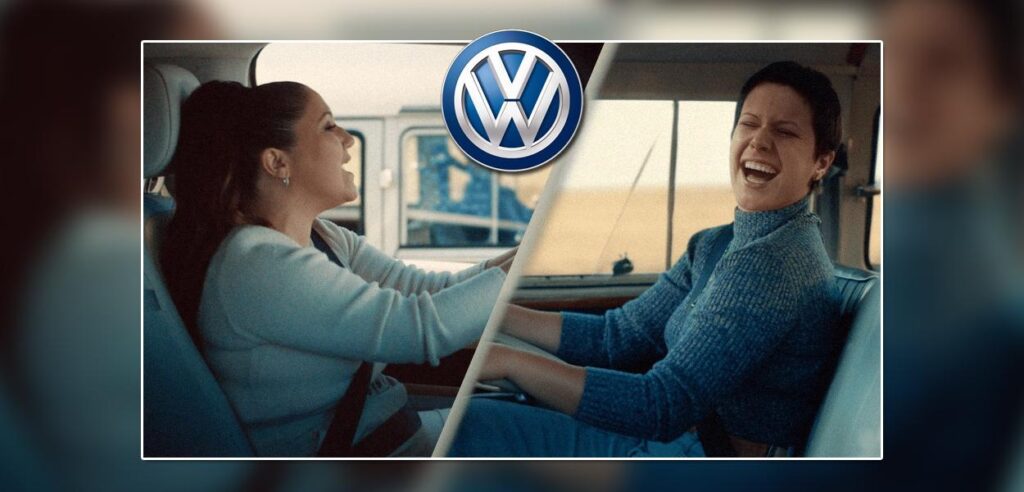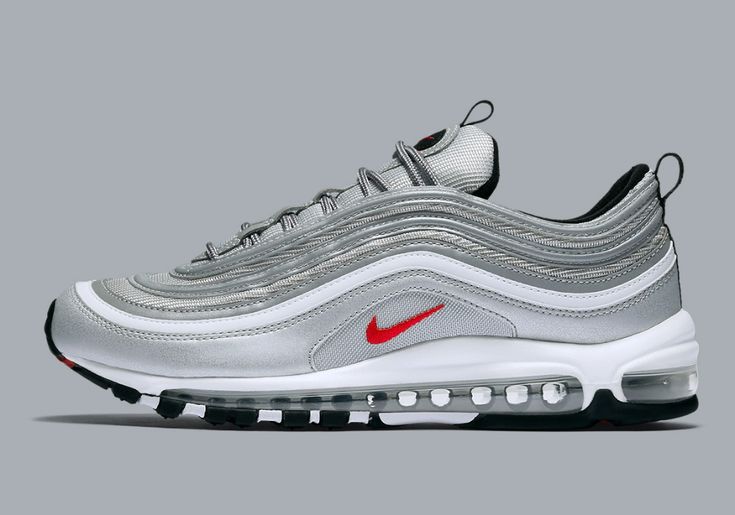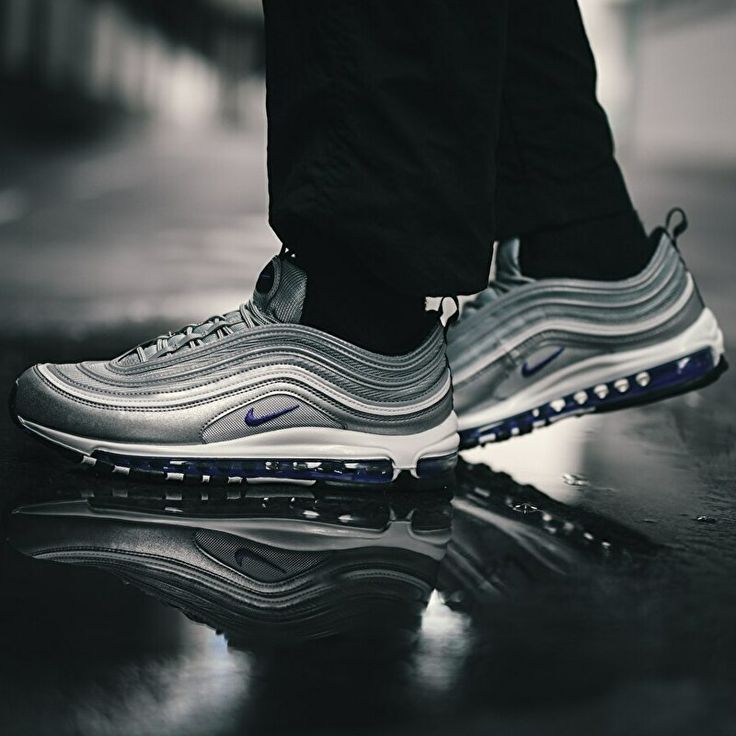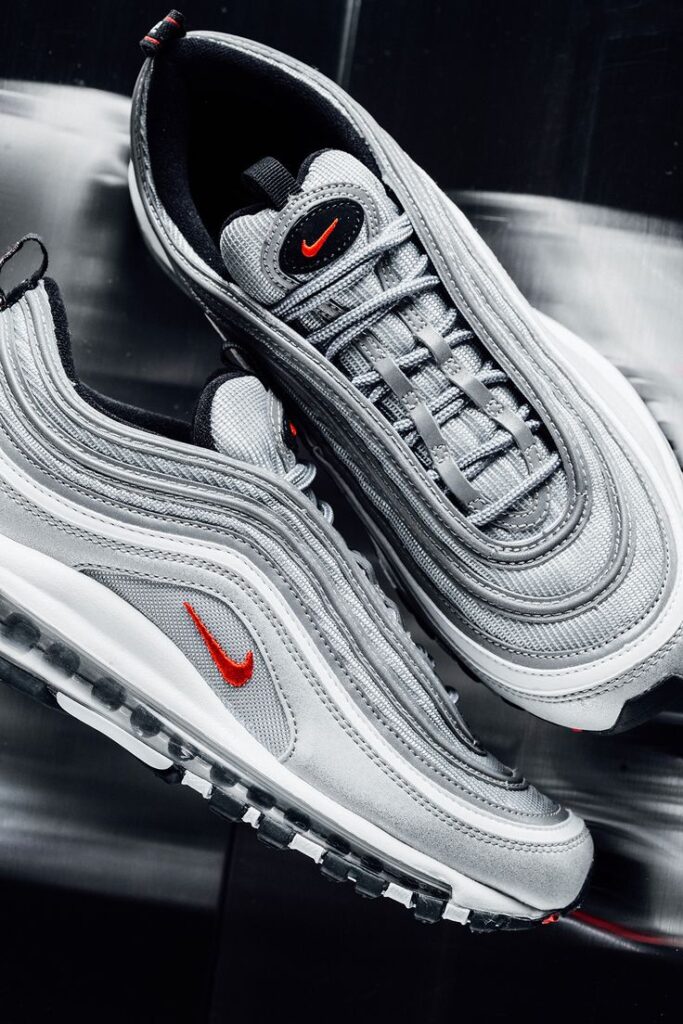
Figure: Thomas Antoine
Nostalgia is an ambivalent sensation triggered by a range of stimuli, like melodies, fragrances, visual cues, or even a recognizable company emblem. When individuals encounter nostalgia, they often recollect cherished memories, engendering a sensation of coziness, contentment, and emotional attachment. By harnessing this enthusiasm, marketers can exploit nostalgia to cultivate a favorable correlation with their brand.
The Connection and Emotional Recollection with the Consumer
Nostalgia allows brands to tap into the target audience’s sentiments and emotions in a distinctive manner. By recalling the past, companies can evoke emotions of joy, solace, and assurance. This emotional bond is fundamental to establishing a lasting relationship with consumers. Brands that successfully capture nostalgia engender distinctive fondness among consumers. This emotional connection can foster a bond between the consumer and the brand, which persists for an extended period. This bond is crucial for the brand as it can utilize nostalgia to sustain interest and generate favorable perceptions that can be transmitted to others.
Emotional recall plays a pivotal role in brand strategy. By reviving elements from the past, brands can foster identification with the target audience, arousing positive memories and reinforcing brand worth. This strategy can be particularly effective when targeting different generations, as each has its own nostalgic points of reference.
Nostalgia enables brands to establish a deeper and more personal connection with the consumer. By evoking elements of the past that are integral to the target audience’s experiences, companies can establish a connection founded on shared experiences. This connection fortifies the relationship between the brand and the consumer, generating loyalty and active involvement.
Nostalgia as a marketing tactic
Acknowledged as a potent emotion that can significantly impact consumer behavior. By tapping into recollections of the past, businesses can generate a sense of familiarity and affinity with their target audience. In recent years, nostalgia has emerged as a successful marketing tactic, with businesses employing diverse methods to harness this emotion and enhance their brand reputation.
Creating Nostalgic Advertising
One of the most prevalent techniques utilized in nostalgic marketing is incorporating elements of the past into advertising campaigns. This could entail employing retro imagery, vintage packaging, or referencing popular culture from a specific time period. By eliciting nostalgia, businesses can appeal to consumers’ emotions and foster a yearning for simpler times.
Leveraging Nostalgic Branding
In addition to advertising, businesses can integrate nostalgia into their brand identity. This can be achieved through retro logos, vintage-inspired products, or even reviving discontinued products from the past. By incorporating nostalgic elements into their branding, businesses can tap into consumers’ emotional connection to the past, creating loyalty and trust.
Engaging with nostalgic content
Social media platforms have become a powerful tool for nostalgia marketing. Businesses can share nostalgic content, such as throwback photos, quizzes, or interactive experiences, to engage with their audience. By encouraging users to reminisce and share their own nostalgic memories, brands can foster a sense of community and strengthen their relationships with consumers.


Figure: VW
Generating nostalgia through product design
An alternative method to harness nostalgia is by means of product design. By integrating retro components or vintage-inspired visuals, companies can manufacture goods that summon a feeling of nostalgia in customers. This can be especially influential for products that have maintained a strong presence in the market, as it permits customers to revisit their own personal recollections and encounters.
Nike Air Max 97 Silver Bullet
Nike, a globally acclaimed and pioneering sports brand, has consistently showcased its capacity to captivate customers with its state-of-the-art merchandise and compelling advertising campaigns. In the instance of the “Nike Air Max 97 Silver Bullet” collection, Nike effectively employed nostalgia as a tactical approach to engage their intended audience and generate excitement surrounding the release of the product.

Figure: Nike
The initial release of the Nike Air Max 97 in 1997 brought about a revolutionary change in the industry. This groundbreaking shoe featured a sleek design and visible air cushioning, setting it apart from other models. In an effort to pay homage to this influential sneaker, Nike has reintroduced the iconic “Silver Bullet” colorway. This particular color scheme, characterized by its metallic silver upper, red accents, and reflective elements, holds a special place in sneaker culture. It represents a time when Nike pushed boundaries and introduced a design that was truly ahead of its time. By bringing back this legendary colorway, Nike has successfully tapped into the cultural significance and nostalgic appeal associated with the original Air Max 97.
To generate excitement and anticipation for the launch of the “Nike Air Max 97 Silver Bullet” line, Nike has employed a strategic marketing approach. Utilizing digital platforms like social media and their own website, they have teased the release and created an aura of exclusivity. Additionally, Nike has collaborated with influential figures in the fashion and music industries to create limited-edition versions of the shoe. These collaborations have further fueled anticipation and generated buzz among sneaker enthusiasts.
Nike recognizes that the nostalgia surrounding the original Air Max 97 extends beyond just the shoe itself. It resonates with a wider audience that appreciates its cultural significance and the memories associated with it. By highlighting these aspects, Nike has effectively connected with consumers who have personal experiences or sentimental ties to the brand. This connection has fostered a sense of community and loyalty among Nike enthusiasts.
The strategic use of nostalgia in the launch of the “Nike Air Max 97 Silver Bullet” line has proven to be a highly effective marketing strategy. Drawing inspiration from the past and harnessing the cultural significance of the original Air Max 97, Nike has successfully engaged its target audience and created excitement around the launch. This approach has not only appealed to longtime fans but has also captured the attention of a new generation, solidifying Nike’s position as a leader in the sneaker industry.


Figure: Nike
Utilizing nostalgia as a brand strategy can establish a powerful emotional bond and lasting memory with consumers. By reviving elements from the past, brands can elicit positive emotions, foster a sense of connection, and form deep ties with their target audience. Employing nostalgia in their approach allows businesses to solidify their position in the market, fostering loyalty and engagement from consumers. Hence, it is imperative for brands to strategically explore this approach, taking into account the preferences and experiences of their target audience.
This approach has demonstrated its efficacy as a marketing strategy, enabling businesses to tap into consumers’ emotions and forge a strong bond with their brand. By incorporating past elements into their advertising, branding, social media content, and product design, businesses can evoke nostalgia, thereby cultivating a sense of familiarity, trust, and loyalty among their target audience. As nostalgia continues to resonate with consumers, its strategic implementation in marketing campaigns is expected to persist as a valuable tool for businesses seeking to captivate and engage their customers.